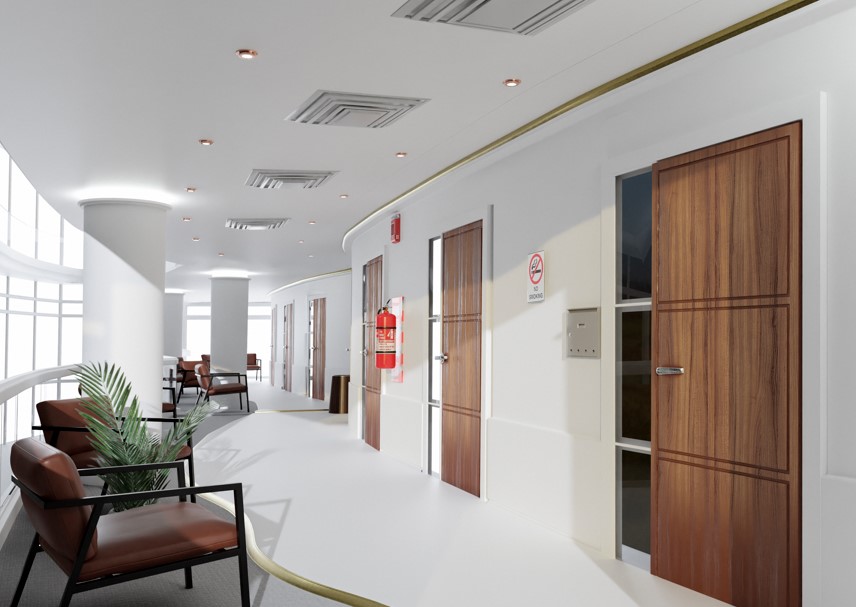20
Aug 2024
Private hospitals deemed ‘uninvestable’ in Health Department review
Published in News on August 20, 2024

A recent review conducted by the Health Department has unveiled a concerning trend regarding the financial viability of private hospitals in Australia. The report, which casts a critical eye on the current state of private healthcare, reveals that many private hospitals are now seen as ‘uninvestable’ due to various factors such as rising costs, outdated infrastructure, and systemic inefficiencies. This assessment has sparked widespread concern within the healthcare industry, raising questions about the future of private healthcare and its ability to meet the growing demands of an aging population.
The Declining Appeal of Private Hospitals
Private hospitals in Australia have long been an integral part of the country’s healthcare system, providing services that complement the public health sector. Traditionally, they have attracted significant investment from both domestic and international sources, offering a more personalized and timely healthcare experience for patients willing to pay for the privilege. However, the recent Health Department review paints a bleak picture, with private hospitals losing their appeal to investors.
The primary reasons behind this shift include escalating operational costs, difficulties in maintaining profitability, and competition from an increasingly well-funded and efficient public health system. With the COVID-19 pandemic placing unprecedented pressure on healthcare facilities globally, private hospitals in Australia have struggled to maintain the financial stability that once made them attractive to investors.
Rising Costs and Shrinking Margins
One of the most significant challenges facing private hospitals is the rising cost of delivering healthcare services. Wages for healthcare professionals, the cost of medical supplies, and the ongoing need for cutting-edge technology and facilities have all contributed to shrinking profit margins. Unlike public hospitals, which receive government funding, private hospitals rely heavily on revenue from patient fees and insurance payouts. As operational costs continue to rise, many private hospitals are finding it difficult to keep their fees competitive while maintaining profitability.
Additionally, private hospitals often face higher insurance costs than public hospitals due to the higher standard of care expected by patients who choose private treatment. These rising expenses have left private hospitals in a precarious financial position, forcing many to scale back services or delay critical infrastructure upgrades.
Outdated Infrastructure and Technology
Another major factor contributing to the ‘uninvestable’ status of private hospitals is outdated infrastructure. Many private hospitals across Australia are operating with aging facilities and outdated technology that can no longer meet the demands of modern healthcare. The need for costly renovations and investments in new medical technologies has become a significant burden for private hospitals, particularly as they struggle to attract the funding necessary to make these improvements.
Investors are often reluctant to pour money into facilities that require substantial capital expenditure for renovations or new equipment. The high costs associated with bringing older hospitals up to modern standards can outweigh the potential financial returns, making private hospitals less attractive as investment opportunities.
Competition from the Public Sector
While private hospitals have historically offered faster, more convenient services than their public counterparts, the gap between the two sectors is closing. Australia’s public healthcare system has seen significant improvements in recent years, with increased funding, better infrastructure, and shorter wait times for certain procedures. This has made the public system a more attractive option for many patients, particularly those who cannot afford the out-of-pocket costs associated with private care.
As the public system becomes more efficient and accessible, private hospitals are facing increased competition for patients. This shift in patient preference has had a direct impact on private hospitals’ revenue streams, further diminishing their appeal to investors.
The Impact of the COVID-19 Pandemic
The COVID-19 pandemic has exacerbated many of the financial challenges facing private hospitals. During the height of the pandemic, elective surgeries and non-emergency procedures were often delayed or canceled, leading to a sharp decline in revenue for private hospitals. While public hospitals received additional government support to cope with the increased demand for services, private hospitals were left to navigate the financial fallout largely on their own.
Furthermore, the pandemic highlighted the critical role of public hospitals in managing large-scale health crises, further reinforcing the perception that private hospitals are less essential in the broader healthcare ecosystem. As a result, many investors have shifted their focus away from private healthcare, viewing it as a less stable and less profitable sector in the long term.
The Future of Private Healthcare in Australia
The findings of the Health Department’s review have raised important questions about the future of private healthcare in Australia. With private hospitals struggling to remain financially viable and attract investment, there are concerns that the sector may contract in the coming years. This could lead to reduced access to private healthcare for patients, particularly in rural and regional areas where private hospitals often play a critical role in supplementing public health services.
In response to these challenges, some private hospitals may need to explore new models of care, such as partnerships with public hospitals or increased collaboration with health insurers. Alternatively, the sector may require government intervention in the form of subsidies or incentives to encourage investment and prevent the further decline of private healthcare services.
The Health Department’s review has shed light on the growing financial instability of private hospitals in Australia. Once a cornerstone of the healthcare system, private hospitals are now facing a multitude of challenges that have made them less attractive to investors. Rising costs, outdated infrastructure, and competition from the public sector have all contributed to this decline, leaving the future of private healthcare uncertain. Without significant changes or interventions, the role of private hospitals in Australia’s healthcare system could diminish in the coming years, with far-reaching implications for patients and healthcare providers alike.
One area that could be impacted by this shift is hospital stay accommodation for patients and their families. Private hospitals often provide convenient access to accommodation options, either through partnerships with nearby serviced apartments or in-house facilities, allowing patients’ families to remain close during extended hospital stays. For example, in cities like Melbourne, patients and families can access a variety of furnished, short-term accommodation near major private hospitals. This type of accommodation can be critical for those who travel long distances for specialist care or require ongoing medical treatment. If private hospitals continue to struggle financially, access to these essential services could be reduced, creating additional challenges for patients and their families.









